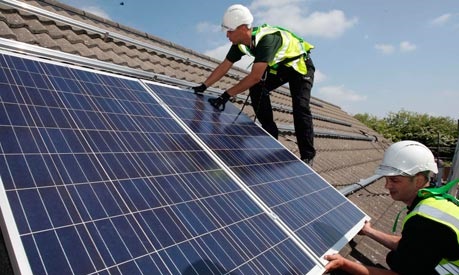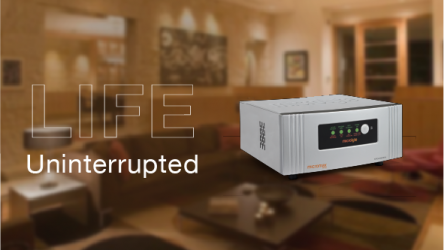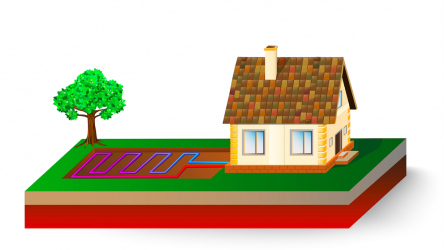
Thinking about installing a solar system for your home, but doesn’t know where to start from? This guide will help you to be aware of the things you need for installing a solar system. To start with, you need to know what the options are. Initially, gathering detailed information about different equipments and options might seem intimidating even for an experienced professional but it’s definitely not rocket science. This blog will help you choose the right parts for a solar system by acclimatizing you about the general functions of a solar energy system functions.

Major Components of Solar Energy System for Your Home:
In a grid system, electricity is generated by one or several solar modules, known as photovoltaic or PV solar panels. A shutoff switch separates the panels from the rest of the system so you can simply shut it off when you need to do repair work. Next in line is the solar inverter, which turns the direct current from the panels into alternating current for the household. From the inverter, power moves to your home breaker box and is distributed among the rest of the household. A power meter is used to measure the amount of electricity that is either needed from or being sold back to the utility company.
Now, before installing a solar system for your home, you first need to consider a few basic things. You must know how much energy you need to produce, how many solar panels can fit on your roof and what you can afford to buy. You also need to make sure that your roof is strong enough to hold the weight of the panels and RSG Roofing can help you.
Once you know your target monthly energy output in kilowatt (KW), you will be able to calculate how big an array of PV panels you need. First, look at your utility bills to figure out your daily average use and don’t forget to take into account seasonal changes. According to a report, the average home in the United States consumes 900 KW of electricity each month. This figure may, however, differ across the country. For example, if you use 1000 watts daily and you receive five hours of sunlight in a day, you need 200 watt panels to cover the usage. Once you’ve ascertained all of these, you can focus on what kind of solar panels you want and where you will put them.
Types of Solar Panels:
There are two types of solar panels you can opt for your home — traditional crystalline solar modules and thin-film solar panels. Crystalline solar modules are large solid panels whereas thin-film comes on a flexible roll of metal or plastic that can be applied to any flat surface such as metal roof. However, thin film panels are more popular for their increased efficiency and cheaper material which have made their prices competitive as compared to traditional crystalline silicon technologies. The prices of these two types of solar panels range from 199.95 dollars to 275.95 dollars. The cost of thin film solar panel is always 10 percent higher as compared to crystalline silicon technologies.
While most people are busy to focus their attention on panels and inverters, it is important to remember that solar panel racks are critical. Besides the location and shading issues discussed above, you need to find out the wind category in your area as well as soil condition in case you are looking for a ground mount system. Poor wind or soil condition can not only damage your panels but even decrease their efficiency.
Thus we demystify the important elements of a solar array. With a fair knowledge about the parts you will need to buy for installing a solar system at home, go ahead and safely set up a unit at your home.







